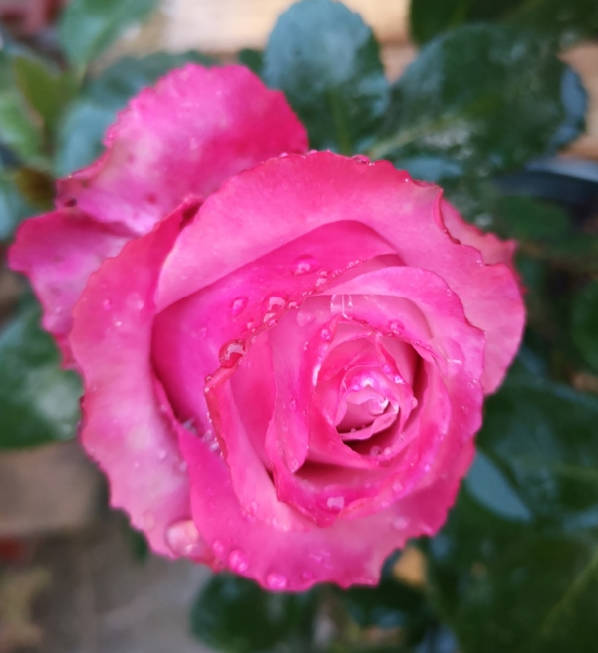3 Reasons Your Rose’s Second Bloom is Smaller (Fix It!)
It’s finally time for the second crop of roses to bloom! However, many flower lovers have noticed that this time the flowers are obviously much smaller than the first crop. Obviously adhere to the fertilization, why does this still happen? Today we will analyze the reasons in detail and provide practical solutions.

The 3 main reasons why the second crop of roses has smaller flowers
1. Insufficient nutrients
The first crop of roses in spring tends to bloom the largest and most beautifully, because after the winter dormancy, the plant has accumulated sufficient nutrients to provide adequate nutritional support for the flower buds. However, the first crop of flowers consumes a large amount of nutrients, and if fertilizer is not replenished in time after flowering, it can not only lead to smaller flowers, but also trigger deficiency symptoms (e.g. yellow leaves, stunted growth).
Even with regular fertilization, roses still do not have nutrient reserves comparable to those of early spring. Therefore, scientific fertilization is the key to maintaining continuous blooming of roses. Suggestion:
Fertilize in time after flowering: use balanced water-soluble fertilizers (e.g. 10-10-10) or rose-specific fertilizers to replenish nitrogen, phosphorus, potassium and micronutrients.
Long-lasting fertilizers with quick-acting fertilizers: mix slow-release fertilizers into the soil, and also combine them with liquid fertilizers for regular watering to ensure a continuous supply of nutrients.
(For more detailed fertilization tips, please refer to the chapter “Fertilizer Essentials” in “How to Grow Roses from Scratch”).

2. High temperature accelerates the growth cycle
Temperature has a significant effect on bud development. In the spring, roses usually take about 60 days from germination to bloom, but in the summer heat, this cycle can be shortened to about 35 days. The shortened growth period of the buds is like a “premature baby”, and the flowers will naturally become smaller, thinner, and even have fewer petals.
How to deal with it:
Appropriate shade: Provide shade netting for roses during hot midday hours to lower the ambient temperature.
Maintain moisture: evaporation is fast in high temperatures, you need to increase the frequency of watering (to avoid stagnant water) to prevent the plant from growing poorly due to lack of water.

3. Pests and Diseases
Thrips are common pests of summer roses. They suck the sap of flower buds, resulting in deformed flowers, scarred petals or severe shrinkage. In addition, red spider and powdery mildew can weaken plant vigor and indirectly affect the quality of flowering.
Prevention and control suggestions:
Regular inspection: Spray insecticides (e.g. imidacloprid) or use biological control (e.g. predatory mites) promptly when pests are found.
Prevention: Spray broad-spectrum fungicides (e.g. carbendazim) once a week to avoid disease outbreaks.
(For more information on pest control methods, please refer to the “Common Problems and Control” chapter in “How to Grow Roses from Scratch”).





